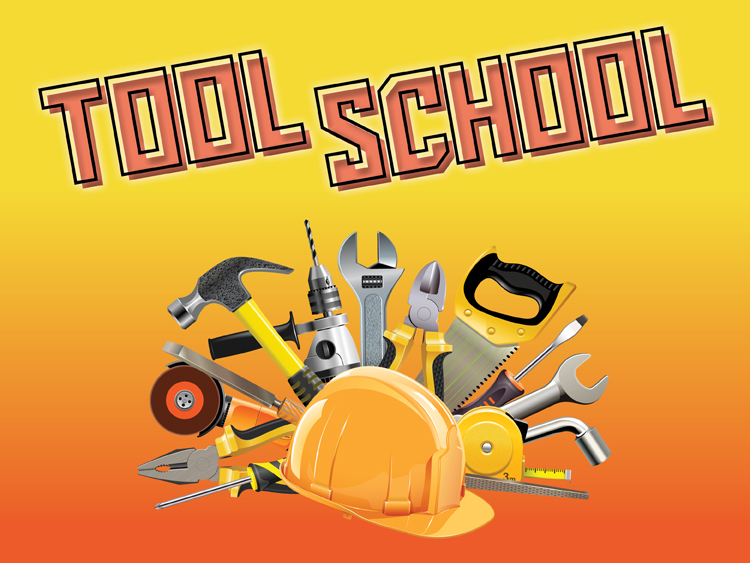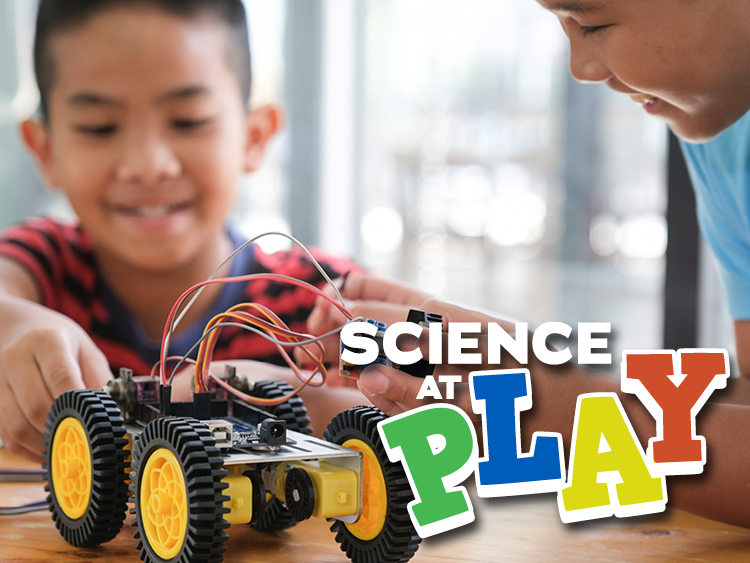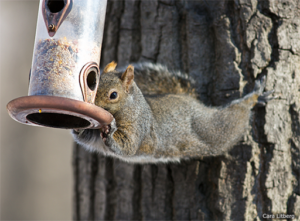 Looking for a fun way to observe the natural world while staying cozy indoors? Hang up some bird feeders where you can see them from your window! You can curl up with a snack and a bird guide and see who is visiting your yard. This is a great activity to get your kids involved in as you try to identify the beautiful birds that come to your feeder. It will inspire a fascination in the surrounding wildlife for you and your children, and you might even witness some hilarious acrobatics as squirrels try to get a snack! Bird watching is a great hobby to do with your friends – you can compare bird feeder visits or go on walks to see what kinds of birds you can find on your local trails. I love calling my Grammy who lives out of state to compare what birds have visited our feeders and see if she can help me identify the birds I have never seen before.
Looking for a fun way to observe the natural world while staying cozy indoors? Hang up some bird feeders where you can see them from your window! You can curl up with a snack and a bird guide and see who is visiting your yard. This is a great activity to get your kids involved in as you try to identify the beautiful birds that come to your feeder. It will inspire a fascination in the surrounding wildlife for you and your children, and you might even witness some hilarious acrobatics as squirrels try to get a snack! Bird watching is a great hobby to do with your friends – you can compare bird feeder visits or go on walks to see what kinds of birds you can find on your local trails. I love calling my Grammy who lives out of state to compare what birds have visited our feeders and see if she can help me identify the birds I have never seen before.
Directions for Making a Bird Feeder At-Home:
Materials:
 -Empty orange juice or milk carton
-Empty orange juice or milk carton
-String
-Bird Seed
-Scissors or a box cutter (Adults will need to help with this!)
-A stick for a perch
-Materials to decorate with
Directions:
- Rinse out your carton of choice
- Cut a large opening ~1 inch from the bottom of the carton – Adults, this is where you come in! Repeat on the opposite side if you want two openings for birds to eat from.
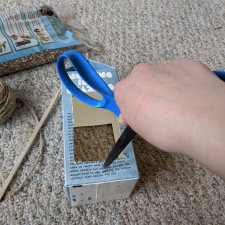
- Put a small hole for a stick perch under the opening – do this part carefully as the carton will be a little flimsy once the openings are made
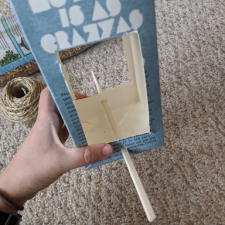
- Cut holes in the top of the carton for the string to hang up your birdfeeder
- Decorate the bird feeder however you want – Kids, this is where your artistic skills will come in handy!
- Make sure the inside of the carton is dry, then hang it up in the yard, and fill it with bird seed!
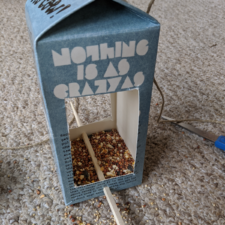
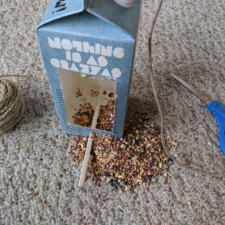
Maybe fill it with birdseed when it is outside, unless you REALLY love vacuuming like I clearly do.
There are many different ways you can create a bird feeder at home. Watch Mark and Aoife show you another way on a recent edition of Science Sunday.
Worried that feeding the birds will mess up their migration? Fret not! By putting out food for the birds, you aren’t delaying their migration, you are actually helping them. The birds will be happy to take a pit stop on their journey and fuel up for flying many more miles to their winter or spring destinations, and you will have an amazing opportunity to see some birds who are just passing through!
Citizen Science Opportunities:
NestWatch:
 If you want to engage in bird watching even further, you can join NestWatch from the Cornell Lab of Ornithology (ornithology is the study of birds!). NestWatch relies on data collected from citizen scientists to better understand the nesting habits and successes of birds across the United States. If you follow the link below you will find resources on how to identify the birds in your backyard, how to locate a nesting site, and how to use the Cornell Lab’s mobile or online app to record what you see happening in the nests in your own backyard! This is a great way to learn more about the birds around you and watch the baby birds develop from weird squishy pink blobs, to awkward dinosaurs, to cute little fledgelings ready to leave the nest!
If you want to engage in bird watching even further, you can join NestWatch from the Cornell Lab of Ornithology (ornithology is the study of birds!). NestWatch relies on data collected from citizen scientists to better understand the nesting habits and successes of birds across the United States. If you follow the link below you will find resources on how to identify the birds in your backyard, how to locate a nesting site, and how to use the Cornell Lab’s mobile or online app to record what you see happening in the nests in your own backyard! This is a great way to learn more about the birds around you and watch the baby birds develop from weird squishy pink blobs, to awkward dinosaurs, to cute little fledgelings ready to leave the nest!
Register for NestWatch here: https://nestwatch.org/
Project FeederWatch:
If you enjoy feeding birds, you can check out Project FeederWatch also from the Cornell Lab of Ornithology. This citizen science project happens from November 9 – April 3. Participants count the birds visiting feeders on two consecutive days each week to help scientists measure how many birds are in each area throughout the winter and understand bird migration patterns. The Project FeederWatch website also has online courses where you can learn how to identify the different birds you might see.
Register for Project FeederWatch here: https://feederwatch.org/
Other citizen science projects from the Cornell Lab of Ornithology:
https://www.zooniverse.org/organizations/brbcornell/nest-quest-go – transcribe information from historic nest data cards to help the Cornell Lab build a nesting information database to help research nesting success levels of different birds
https://ebird.org/home – a site to record the birds that you see at your feeders, find neat birds in areas near you, and keep a list of all of the birds you see over your lifetime.
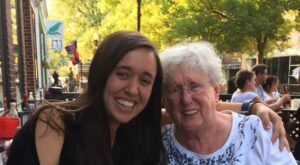
Here I am with my Grammy who always helps me figure out the tricky-to-identify birds.
Share photos of your bird feeders and the new feathered friends that you meet, we would love to see them! Tag us @CTScienceCenter #ScienceAtPlay

Jessie Scott is a STEM Educator who enjoys encouraging students’ enthusiasm for science. She teaches classes to students visiting the Science Center and brings STEM lessons to schools across Connecticut. Jessie completed her Master of Science degree in Microbiology at Dartmouth College and worked as a science educator at the Montshire Museum of Science before coming to the Connecticut Science Center. Her scientific interests are: biology – how living things have adapted different strategies to survive in their environments, insects, and plants. In her free time, Jessie likes to go rock climbing, hiking, and skiing.


